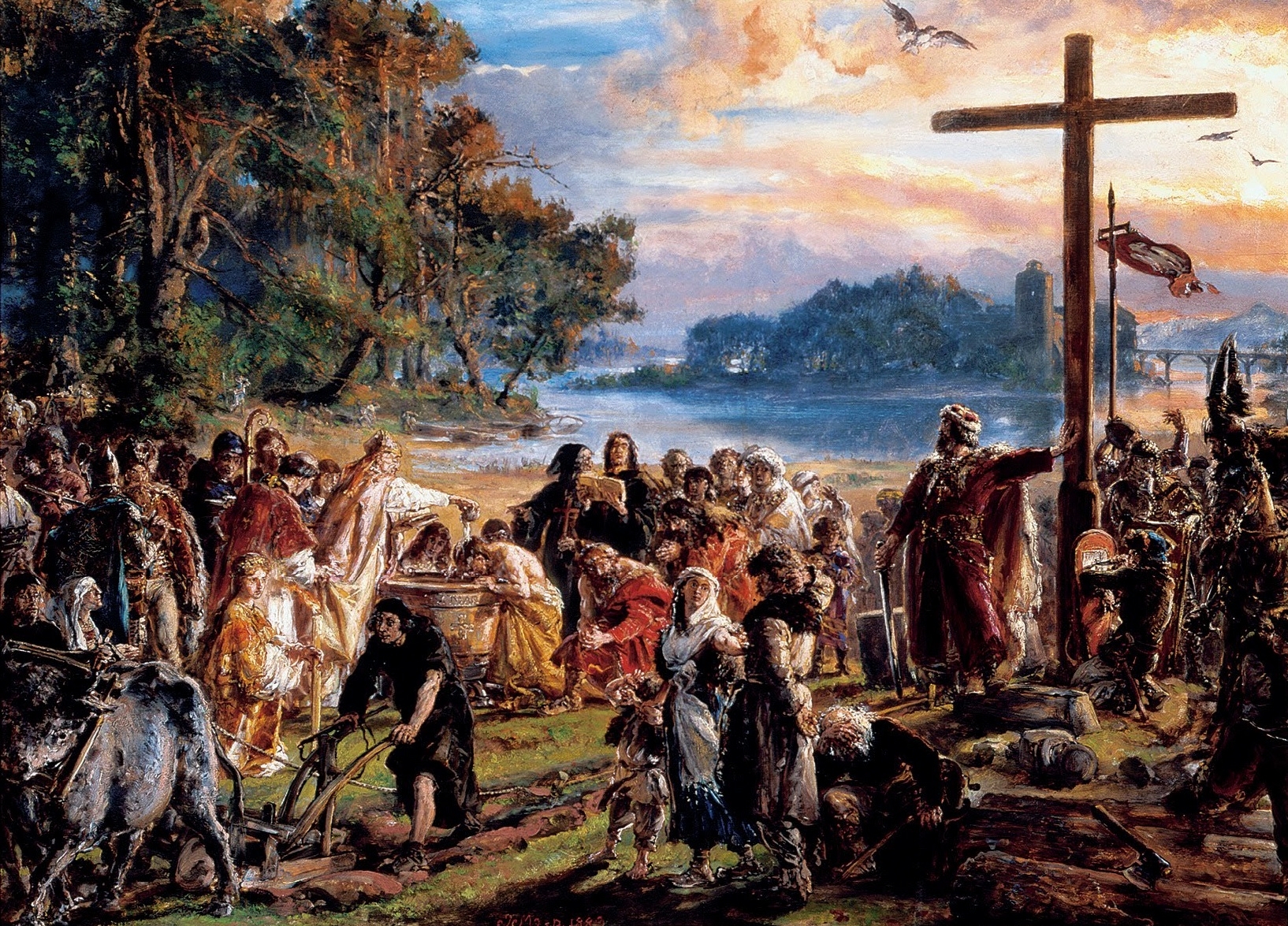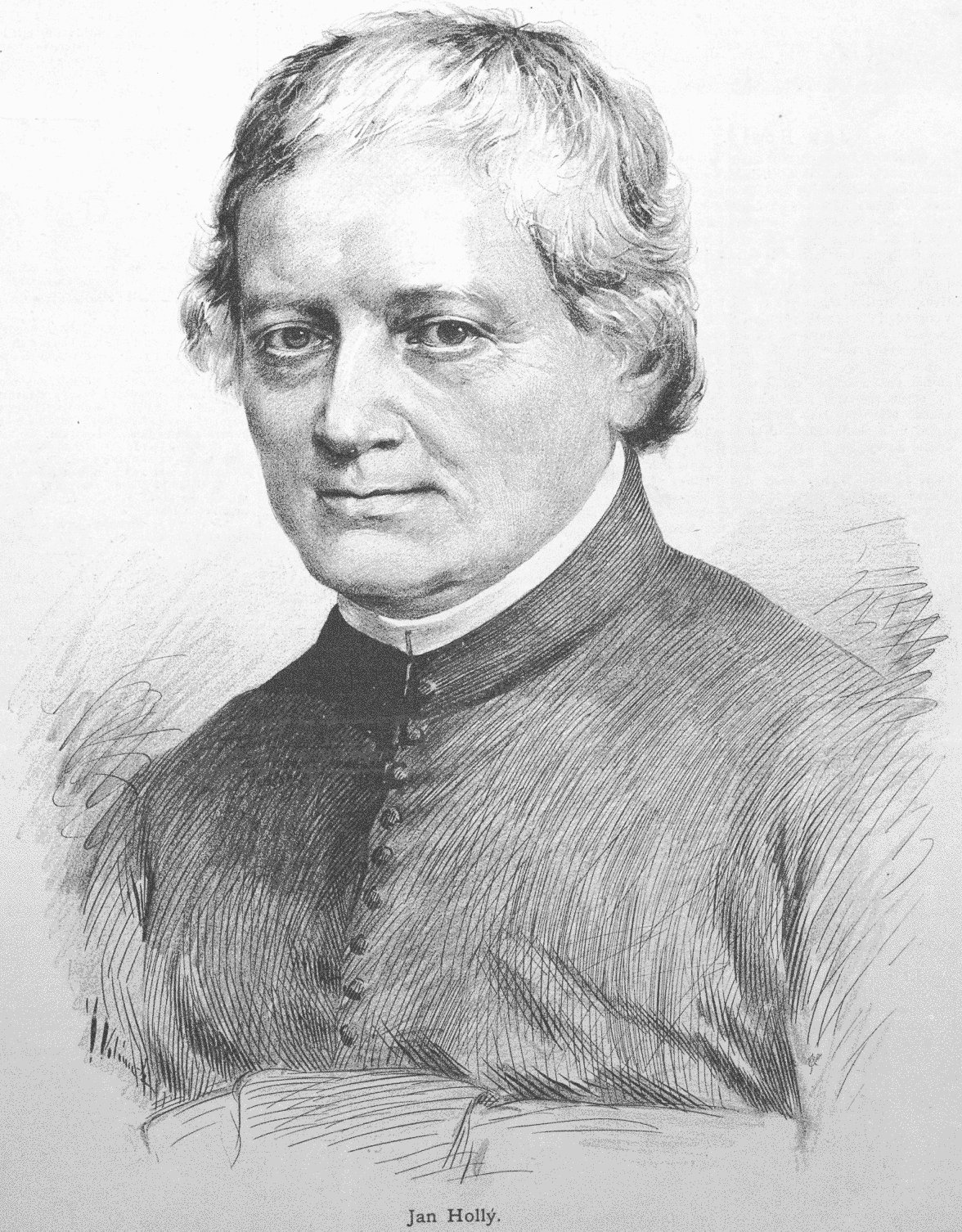|
Carpathian Ruthenia
Carpathian Ruthenia ( rue, Карпатьска Русь, Karpat'ska Rus'; uk, Закарпаття, Zakarpattia; sk, Podkarpatská Rus; hu, Kárpátalja; ro, Transcarpatia; pl, Zakarpacie); cz, Podkarpatská Rus; german: Karpatenukraine is a historical region on the border between Central and Eastern Europe, mostly located in western Ukraine's Zakarpattia Oblast, with smaller parts in eastern Slovakia (largely in Prešov Region and Košice Region) and the Lemko Region in Poland. From the Hungarian Hungarian conquest of the Carpathian Basin, conquest of the Carpathian Basin (in the 10th century) to the end of World War I (Treaty of Trianon in 1920), most of this region was part of the Kingdom of Hungary. In the interwar period, it was part of the First Czechoslovak Republic, First and Second Czechoslovak Republic. Before World War II the region was annexed by the Kingdom of Hungary (1920–46), Kingdom of Hungary once again. After the war, it was annexed by the Soviet ... [...More Info...] [...Related Items...] OR: [Wikipedia] [Google] [Baidu] |
Second Czechoslovak Republic
The Second Czechoslovak Republic ( cs, Druhá československá republika, sk, Druhá česko-slovenská republika) existed for 169 days, between 30 September 1938 and 15 March 1939. It was composed of Bohemia, Moravia, Silesia and the autonomous regions of Slovakia and Subcarpathian Rus', the latter being renamed Carpathian Ukraine on 30 December 1938. The Second Republic was the result of the events following the Munich Agreement, where Czechoslovakia was forced to cede the German-populated Sudetenland region to Germany on 1 October 1938. After the Munich Agreement and the German government made clear to foreign diplomats that Czechoslovakia was now a German client state, the Czechoslovak government attempted to curry favour with Germany by banning the country's Communist Party, suspending all Jewish teachers in German educational institutes in Czechoslovakia, and enacted a law to allow the state to take over Jewish companies.Crowhurst, Patrick. Hitler and ... [...More Info...] [...Related Items...] OR: [Wikipedia] [Google] [Baidu] |
Poles
Poles,, ; singular masculine: ''Polak'', singular feminine: ''Polka'' or Polish people, are a West Slavic nation and ethnic group, who share a common history, culture, the Polish language and are identified with the country of Poland in Central Europe. The preamble to the Constitution of the Republic of Poland defines the Polish nation as comprising all the citizens of Poland, regardless of heritage or ethnicity. The majority of Poles adhere to Roman Catholicism. The population of self-declared Poles in Poland is estimated at 37,394,000 out of an overall population of 38,512,000 (based on the 2011 census), of whom 36,522,000 declared Polish alone. A wide-ranging Polish diaspora (the '' Polonia'') exists throughout Europe, the Americas, and in Australasia. Today, the largest urban concentrations of Poles are within the Warsaw and Silesian metropolitan areas. Ethnic Poles are considered to be the descendants of the ancient West Slavic Lechites and other tribes that inhabit ... [...More Info...] [...Related Items...] OR: [Wikipedia] [Google] [Baidu] |
Slovak People
The Slovaks ( sk, Slováci, singular: ''Slovák'', feminine: ''Slovenka'', plural: ''Slovenky'') are a West Slavic ethnic group and nation native to Slovakia who share a common ancestry, culture, history and speak Slovak. In Slovakia, 4.4 million are ethnic Slovaks of 5.4 million total population. There are Slovak minorities in many neighboring countries including Austria, Croatia, Czech Republic, Hungary, Poland, Romania, Serbia and Ukraine and sizeable populations of immigrants and their descendants in Australia, Canada, France, Germany, United Kingdom and the United States among others, which are collectively referred to as the Slovak diaspora. Name The name ''Slovak'' is derived from ''*Slověninъ'', plural ''*Slověně'', the old name of the Slavs ( Proglas, around 863). The original stem has been preserved in all Slovak words except the masculine noun; the feminine noun is ''Slovenka'', the adjective is ''slovenský'', the language is ''slovenčina'' and the cou ... [...More Info...] [...Related Items...] OR: [Wikipedia] [Google] [Baidu] |
Romanians
The Romanians ( ro, români, ; dated exonym '' Vlachs'') are a Romance-speaking ethnic group. Sharing a common Romanian culture and ancestry, and speaking the Romanian language, they live primarily in Romania and Moldova. The 2011 Romanian census found that just under 89% of Romania's citizens identified themselves as ethnic Romanians. In one interpretation of the 1989 census results in Moldova, the majority of Moldovans were counted as ethnic Romanians.''Ethnic Groups Worldwide: A Ready Reference Handbook By'' David Levinson, Published 1998 – Greenwood Publishing Group.At the time of the 1989 census, Moldova's total population was 4,335,400. The largest nationality in the republic, ethnic Romanians, numbered 2,795,000 persons, accounting for 64.5 percent of the population. Source U.S. Library of Congress "however it is one interpretation of census data results. The subject of Moldovan vs Romanian ethnicity touches upon the sensitive topic ofMoldova's national i ... [...More Info...] [...Related Items...] OR: [Wikipedia] [Google] [Baidu] |
Hungarian People
Hungarians, also known as Magyars ( ; hu, magyarok ), are a nation and ethnic group native to Hungary () and historical Hungarian lands who share a common culture, history, ancestry, and language. The Hungarian language belongs to the Uralic language family. There are an estimated 15 million ethnic Hungarians and their descendants worldwide, of whom 9.6 million live in today's Hungary. About 2–3 million Hungarians live in areas that were part of the Kingdom of Hungary before the Treaty of Trianon in 1920 and are now parts of Hungary's seven neighbouring countries, Slovakia, Ukraine, Romania, Serbia, Croatia, Slovenia, and Austria. Significant groups of people with Hungarian ancestry live in various other parts of the world, most of them in the United States, Canada, Germany, France, the United Kingdom, Chile, Brazil, Australia, and Argentina. Hungarians can be divided into several subgroups according to local linguistic and cultural characteristics; subgroups with disti ... [...More Info...] [...Related Items...] OR: [Wikipedia] [Google] [Baidu] |
Hutsuls
The Hutsuls (sometimes the spelling variant: Gutsuls; uk, Гуцули, translit=Hutsuly; pl, Huculi, Hucułowie; ro, huțuli) are an ethnic group spanning parts of western Ukraine and Romania (i.e. parts of Bukovina and Maramureș). They have often been officially and administratively designated as a subgroup of Ukrainians and are largely regarded as constituting a broader Ukrainian ethnic group. Etymology The origin of the name ''Hutsul'' is uncertain. The most common derivations are from the Romanian word for "outlaw" (cf. Rom. ''hoț''–"thief", ''hoțul''–"the thief"), and the Slavic ''kochul'' (Ukr. ''kochovyk''–"nomad") which is a reference to the semi-nomadic shepherd lifestyle or the inhabitants who fled into the mountains after the Mongol invasion. Other proposed derivations include from the Turkic tribe of the Utsians or Uzians, and even to the name of the Moravian Grand Duke Hetsyla, among others. As the name is first attested in 1816, it is considere ... [...More Info...] [...Related Items...] OR: [Wikipedia] [Google] [Baidu] |
Boykos
The Boykos ( uk, Бойки, Boiky; pl, Bojkowie; sk, Pujďáci), or simply Highlanders (верховинці, ''verkhovyntsi''), are an ethnolinguistic sub-group of Ukrainians located in the Carpathian Mountains of Ukraine, Slovakia, Hungary, and Poland. Along with the neighboring Lemkos and Hutsuls, the Boykos speak a dialect of the Ukrainian language. Within Ukraine and according to majority of linguists, the Boykos and other ''Rusyns'' are seen as a sub-group of ethnic Ukrainians, and the this dialect is regarded as part of a dialect continuum within Ukrainian. Joseph Levytsky in his ''Hramatyka'' (1831), that it derives from the particle . Specifically, it derives from the exclamation "бой!, бойє!" (''''), meaning "it is really so!", which is often used by the population. The 19th-century scholar Pavel Jozef Šafárik, with whom Franjo Rački and Henry Hoyle Howorth agreed, argued a direct connection of the Boykos with the region of ''White Serbia, Boiki'' ... [...More Info...] [...Related Items...] OR: [Wikipedia] [Google] [Baidu] |
Lemkos
Lemkos ( rue, Лeмкы, translit= Lemkŷ; pl, Łemkowie; uk, Лемки, translit=Lemky) are an ethnic group inhabiting the Lemko Region ( rue, Лемковина, translit=Lemkovyna; uk, Лемківщина, translit=Lemkivshchyna) of Carpathian Rus', an ethnographic region in the Carpathian Mountains and Carpathian Foothills, foothills spanning Ukraine, Slovakia and Poland. Their affiliation with other ethnicities is controversial. Some Lemkos consider their ethnos to be a sub-group of Rusyns (also called Carpatho-Rusyns or Carpatho-Ruthenians). Other Carpathian ethnic groups identifying as Rusyns include the Boykos and Hutsuls. Members of these groups have historically also been given other designations such as ''Verkhovyntsi'' (Highlanders). Among people of the Carpathian highlands, communities speaking the same dialect will identify with a different ethnic label when crossing borders due to the influence of state-sponsored education and media. As well the same communit ... [...More Info...] [...Related Items...] OR: [Wikipedia] [Google] [Baidu] |
Rusyns
Rusyns (), also known as Carpatho-Rusyns (), or Rusnaks (), are an East Slavic ethnic group from the Eastern Carpathians in Central Europe. They speak Rusyn, an East Slavic language variety, treated variously as either a distinct language or a dialect of the Ukrainian language. As traditional adherents of Eastern Christianity, the majority of Rusyns are Eastern Catholics, though a minority of Rusyns still practice Eastern Orthodoxy. Rusyns primarily self-identify as a distinct Slavic people and they are recognized as such in Croatia, Hungary, Poland, Romania, Serbia, and Slovakia, where they have official minority status. Alternatively, some identify more closely with their country of residence (i.e. Polish, Slovak), while others are a branch of the Ukrainian people. Rusyns are descended from an East Slavic population which inhabited the northeastern regions of the Eastern Carpathians. In those regions, there are several Rusyn groups, including Dolinyans, Boykos, Huts ... [...More Info...] [...Related Items...] OR: [Wikipedia] [Google] [Baidu] |
Ukrainians
Ukrainians ( uk, Українці, Ukraintsi, ) are an East Slavic ethnic group native to Ukraine. They are the seventh-largest nation in Europe. The native language of the Ukrainians is Ukrainian. The majority of Ukrainians are Eastern Orthodox Christians. While under the Polish–Lithuanian Commonwealth, the Austrian Empire, and then Austria-Hungary, the East Slavic population who lived in the territories of modern-day Ukraine were historically known as Ruthenians, referring to the territory of Ruthenia, and to distinguish them with the Ukrainians living under the Russian Empire, who were known as Little Russians, named after the territory of Little Russia. Cossack heritage is especially emphasized, for example in the Ukrainian national anthem. Ethnonym The ethnonym ''Ukrainians'' came into wide use only in the 20th century after the territory of Ukraine obtained distinctive statehood in 1917. From the 14th to the 16th centuries the western portions of the Europe ... [...More Info...] [...Related Items...] OR: [Wikipedia] [Google] [Baidu] |
Ukrainian Soviet Socialist Republic
The Ukrainian Soviet Socialist Republic ( uk, Украї́нська Радя́нська Соціалісти́чна Респу́бліка, ; russian: Украи́нская Сове́тская Социалисти́ческая Респу́блика, group=note), abbreviated as the Ukrainian SSR, UkrSSR, or UkSSR, and also known as Soviet Ukraine, was one of the Republics of the Soviet Union, constituent republics of the Soviet Union from 1922 until 1991. In the anthem of the Ukrainian Soviet Socialist Republic, anthem of the Ukrainian SSR, it was referred to simply as ''History of Ukraine, Ukraine''. Under the Soviet One-party state, one-party model, the Ukrainian SSR was governed by the Communist Party of the Soviet Union through its Soviet democracy, republican branch: the Communist Party of Ukraine (Soviet Union), Communist Party of Ukraine. The first iterations of the Ukrainian SSR were established during the Russian Revolution, particularly after the October Revol ... [...More Info...] [...Related Items...] OR: [Wikipedia] [Google] [Baidu] |



_..jpg)